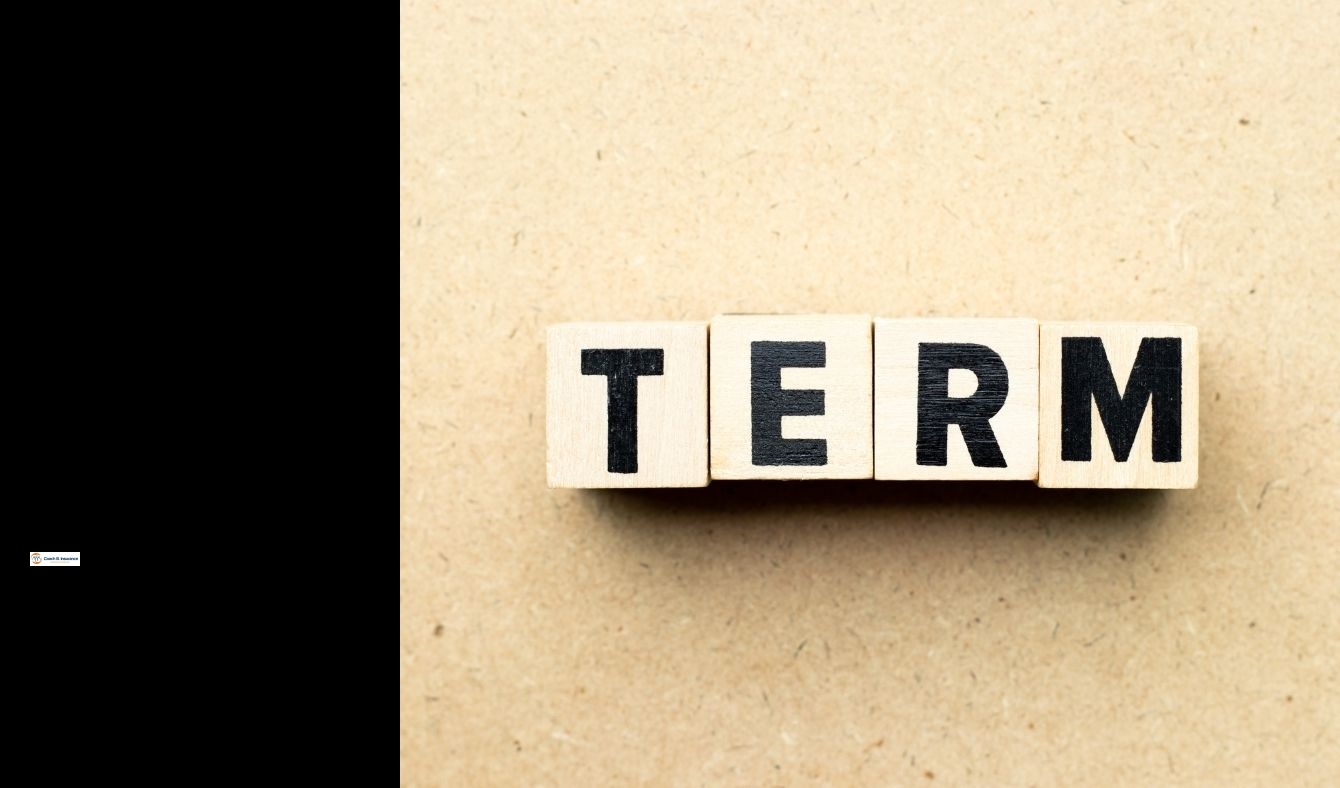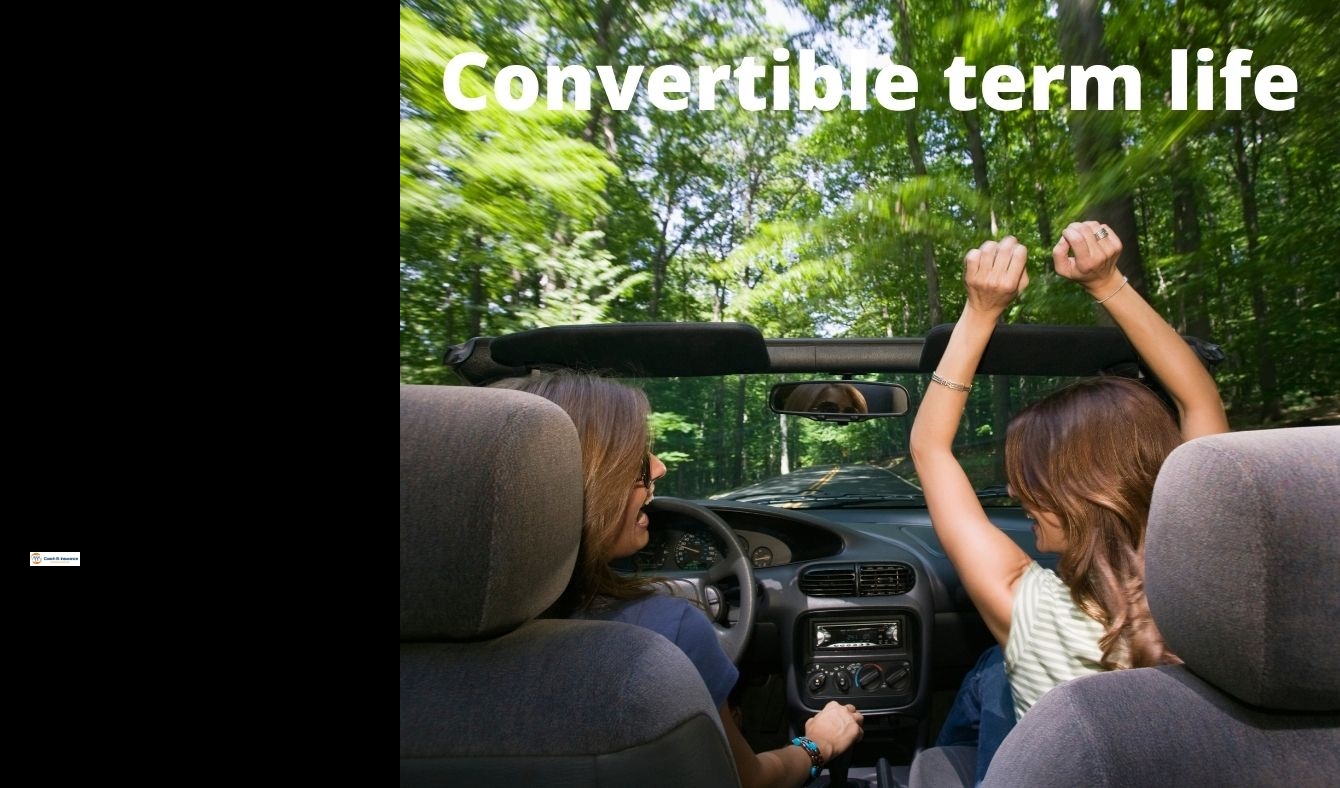no exam term life insurance
Term life insurance makes it simple to compare life insurance quotes and to search for the right one. The premium covers you for the life of the policy, as long the premium is paid. Only three key decisions will be required: how much insurance coverage you need, for how long and with which company.



